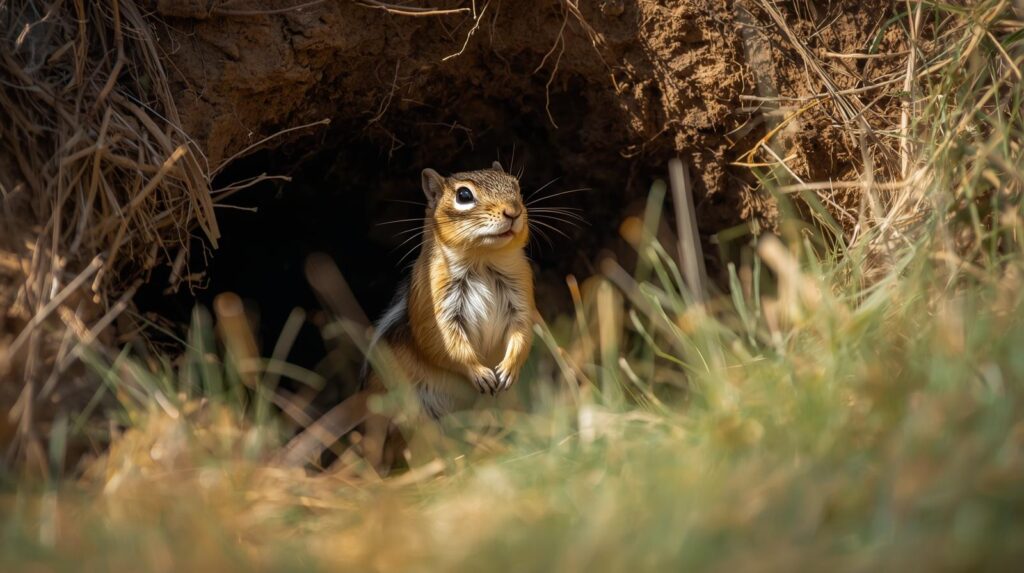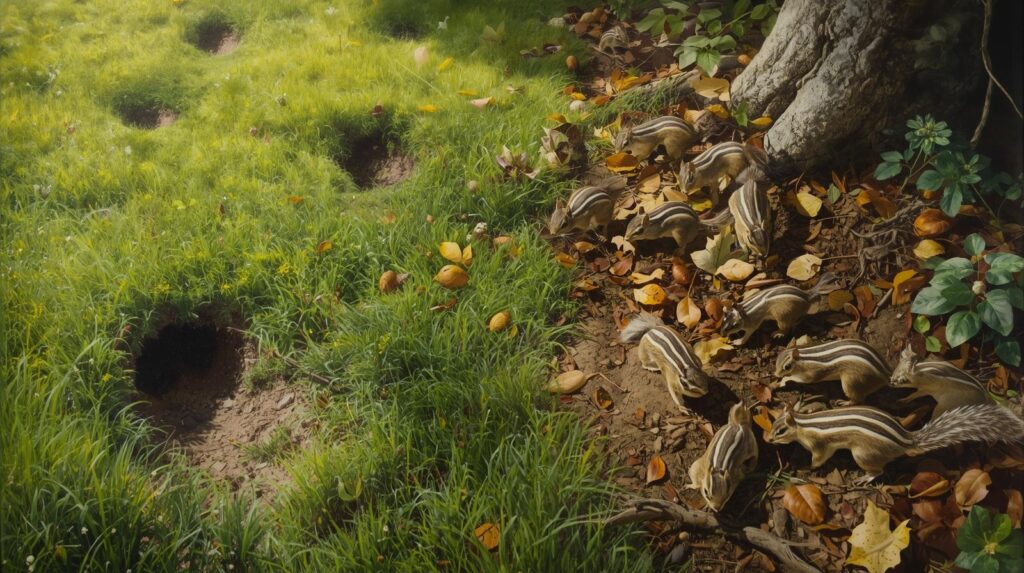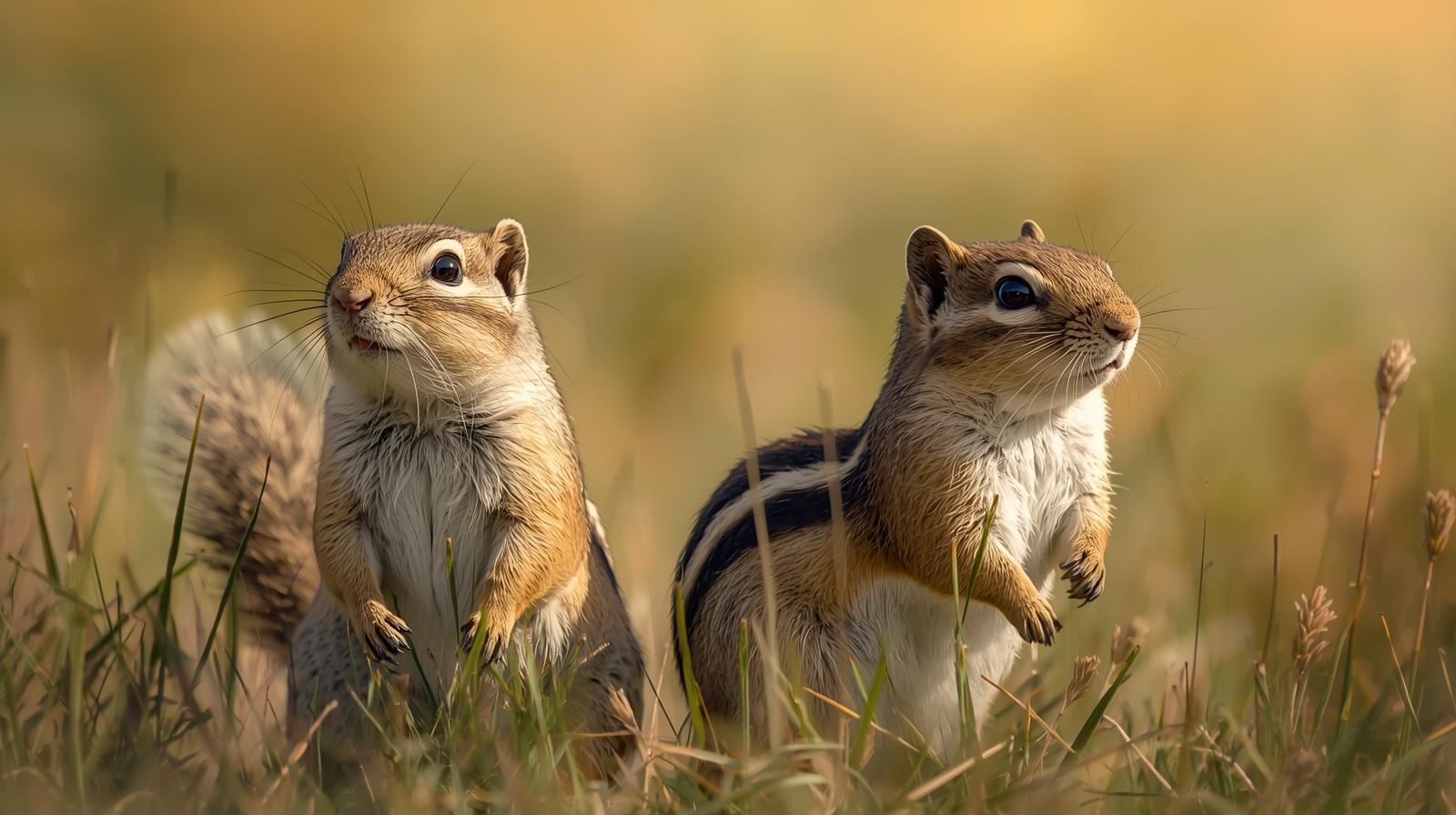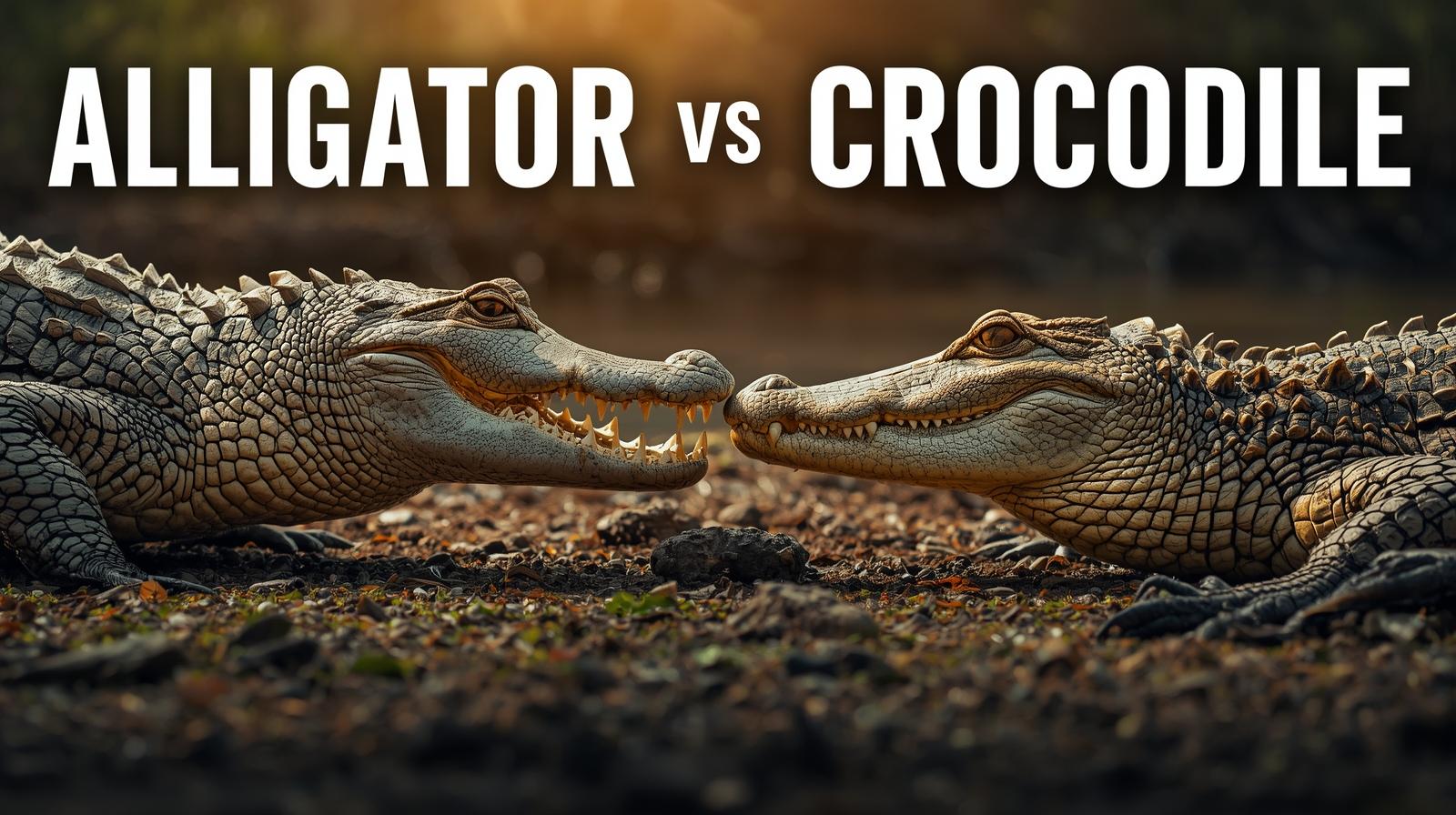Ground Squirrel vs Chipmunk: A Friendly Rodent Face-Off
When I first spotted what I thought was a tiny squirrel in my garden, I was convinced it must be a chipmunk. Only later did I learn it was actually a ground squirrel. That moment sparked a curiosity: how many people confuse these two rodents? In this article, we’ll deep-dive into the ground squirrel vs chipmunk conversation, exploring behavior, habitats, population stats, and identifying features with recent data sprinkled throughout.

What Are Ground Squirrels and Chipmunks?
When comparing ground squirrel vs chipmunk, it’s helpful to define each.
Ground Squirrels
Ground squirrel refers to a variety of burrowing rodents (in the tribe Marmotini) that live mostly on or under the ground rather than in trees.
They build large tunnel systems, tend to live in open habitats, and often stay above ground for warning and social behaviour.
Chipmunks
Chipmunk are smaller, striped rodents also in the squirrel family (sub-tribe Tamiina) and frequently mistaken for ground squirrels. They often cache food, run swiftly, and inhabit burrows or rock crevices but their behaviours and ecology differ from many ground squirrels.
Key Differences Behaviour, Appearance, Habitat
When it comes to ground squirrel vs chipmunk, some tell-tale traits help us distinguish between them.
Appearance Differences
- Chipmunks typically show bold stripes that extend from head to tail; ground squirrels may have body stripes but not as defined on the face.
- Size-wise, chipmunks might measure about 8 inches long and weigh ~2 ounces, while some ground squirrels measure 9–12 inches and weigh 4–14 ounces.
- Habitat posture: ground squirrels often stand upright near burrow entrances; chipmunks are more likely to dash and hide quickly.
Habitat & Social Behaviour
| Trait | Ground Squirrel | Chipmunk |
|---|---|---|
| Burrow complexity | Often extensive networks, many entrances. | Generally simpler burrows, often singly occupied. |
| Social system | Can be more social, especially in colonies. | Often solitary or small social units; territorial. |
| Habitat type | Open meadows, prairies, burrows in fields. | Woodlands, forest edges, around human habitations. |
Diet & Seasonality
Both rodents are omnivorous, eating seeds, nuts, insects, and occasionally small vertebrates. In ground squirrel vs chipmunk comparison, chipmunks are especially known for cheek-pouch food caching. Ground squirrels may hibernate or enter torpor depending on species and climate.
Population and Density Insights

One of the most concrete ways to compare ground squirrel vs chipmunk is through population densities and trends.
Chipmunk Density Figures
- Typical density: 10 to 22 individuals per hectare (Eastern chipmunk).
- Sometimes 2 to 4 animals per acre, with peaks up to 10 per acre under good conditions.
- Varies by habitat and season: 0.3 to 37.6 individuals/ha in different studies.
Ground Squirrel Density Figures
- European ground squirrel populations once reached 56 individuals/ha, later dropping to 6.3/ha in urban areas.
- Densities can be high in grasslands but fall sharply when habitats are disturbed.
| Species Group | Typical Density (per ha) | Notes |
|---|---|---|
| Chipmunks | ~5–24 | Varies widely by habitat and species. |
| Ground squirrels | ~6–56 | Example from European species; many variables. |
When evaluating ground squirrel vs chipmunk, chipmunks usually thrive in wooded habitats, while ground squirrels prefer open fields.
Why It Matters Ecology, Your Garden & Beyond
From my own backyard experience, I observed that ground squirrels were more tolerant of open lawns while chipmunks stayed near shrubs and stone walls.
Ecological Roles
- Chipmunks act as seed dispersers, influencing forest undergrowth.
- Ground squirrels are ecosystem engineers their burrows aerate soil and improve water infiltration.
- High densities of ground squirrels can affect vegetation diversity and predator populations.
In Gardens & Urban Areas
If you’re gardening, knowing ground squirrel vs chipmunk helps:
- Ground squirrels dig large burrows that may affect patios or fields.
- Chipmunks store food in smaller tunnels under shrubs or decks.
- Management approaches differ burrow control vs. plant protection.
Check out related insights on Animals or explore articles at Alldandy for deeper wildlife content.
Tips for Telling Them Apart in the Wild
When you see a striped, small rodent, ask yourself: is it a ground squirrel or chipmunk?
- Look at the face: Chipmunks have stripes running across the head; ground squirrels usually don’t.
- Habitat: Open field = ground squirrel; wooded edge = chipmunk.
- Body size and tail: Chipmunks are leaner; ground squirrels bulkier.
- Behavior: Ground squirrels stand upright and whistle; chipmunks dash and hide quickly.
Why the Confusion Happens
Because both belong to the squirrel family (Sciuridae) and share burrowing habits, confusion is common. Many guides even group chipmunks under “ground squirrels.” In nature shows and backyards alike, it’s easy to mislabel them without close observation.
Final Thoughts on Ground Squirrel vs Chipmunk
In the ground squirrel vs chipmunk debate, there’s no real winner just fascinating differences. Personally, discovering that my “chipmunk” was a ground squirrel made me appreciate how diverse nature is. Each species contributes uniquely to our ecosystems and deserves recognition.
FAQ
Q1: Can ground squirrels and chipmunks interbreed?
No. They’re from different genera and cannot reproduce together.
Q2: Are chipmunks a type of ground squirrel?
Not exactly. They share the same family but belong to a distinct sub-tribe.
Q3: Which species is more common in suburbs?
Chipmunks, especially in wooded and landscaped yards.
Q4: Are ground squirrels pests?
They can be, especially if they dig near foundations or gardens.
Q5: How to create rodent-friendly spaces?
Use native plants, avoid harsh pesticides, and leave natural cover for safe nesting.













